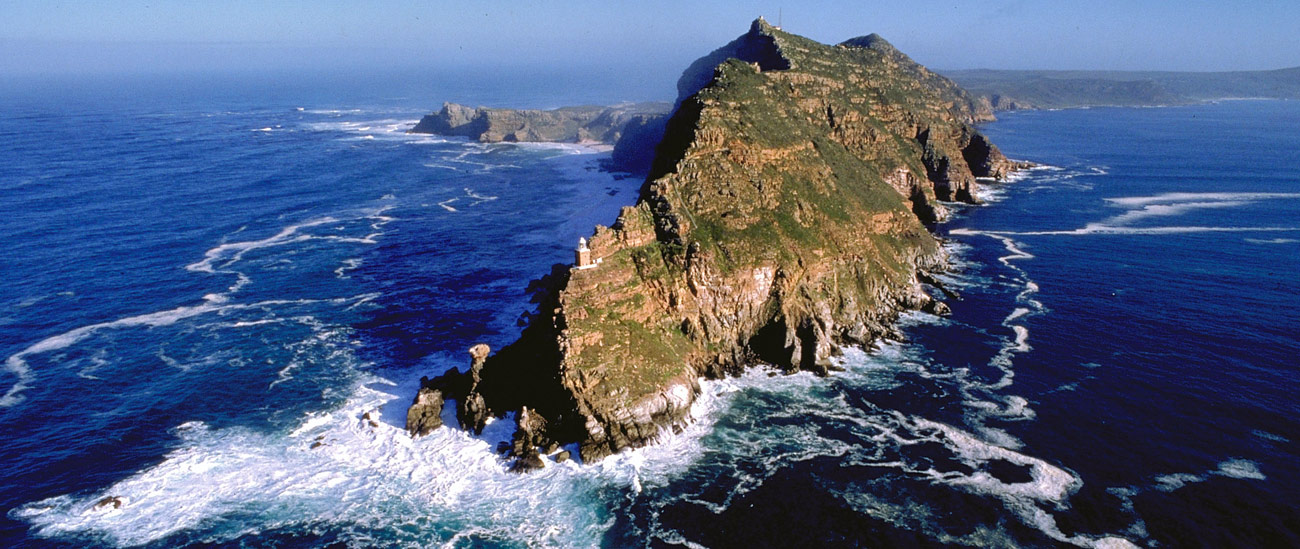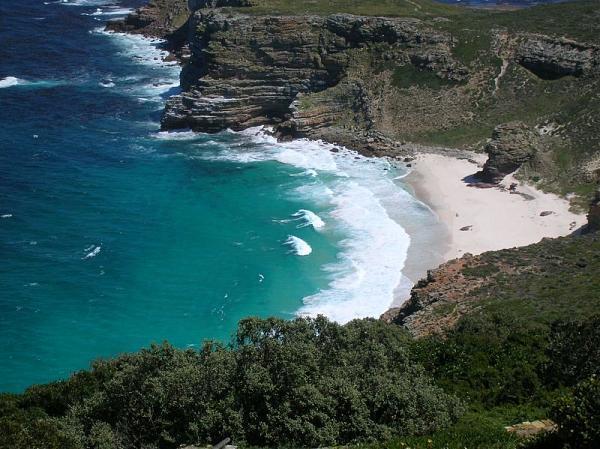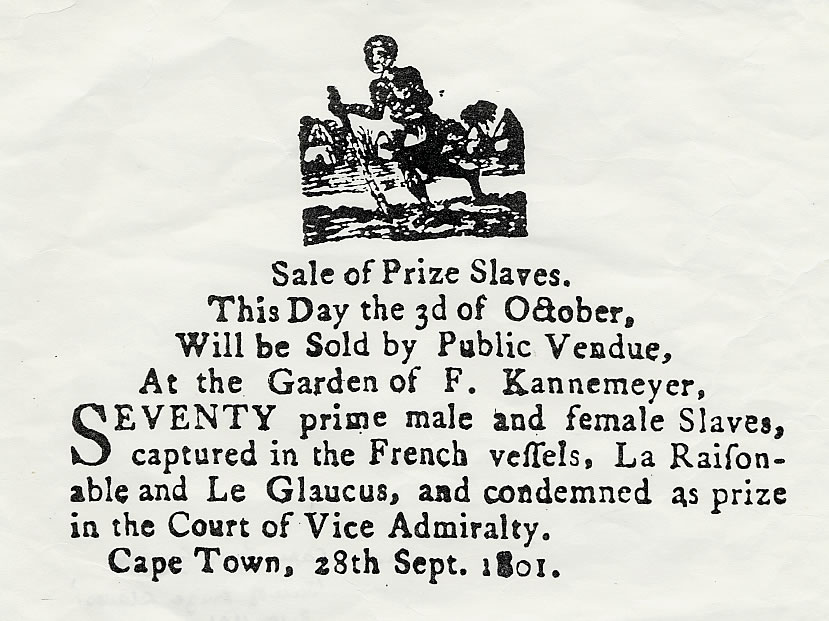On to the final city of this crazy whirlwind civil rights road trip! In Atlanta, it felt as if I'd come full circle - from the place where Dr. Martin Luther King died, to the place where he was born, and the life of the leader of an incredible movement began. In Atlanta, I saw Dr. King's childhood home and neighborhood, visited his crypt, and spent a morning at the Center for Civil and Human Rights in Pemberton Place.
The neighborhood where Dr. King was born and once lived is known as Sweet Auburn. All along Auburn avenue, homes, churches, businesses and clubs once formed a lively and thriving black community. Among the history alive on Auburn avenue stands Ebenezer Baptist, the church where "Daddy" King pastored, and where Dr. King and his father shared a pulpit for many years. Not far away is the firehouse where a young MLK used to watch fire trucks speed away, decades before Atlanta would employ black firefighters. Walking just one more block brought me to the home where Dr. King was born and spent his growing up years. Here, I toured the home with a small group of visitors, led by a US National Park Ranger. I was once again reminded that this incredible leader was once just a brilliant yet mischievous child, avoiding doing the dishes at all costs, and sharing the messiest room in the house with his brother A.D. The King home is lovely, built near the end of the 19th century and restored to look as it did in the days that they lived there. Imagine well worn wood floors, high ceilings, and a dining room table where the family shared meals, bible verses, and discussions on the injustices of 20th century America. It was a neat experience to be there.
Not more than a few blocks away is a center founded by Coretta Scott King in Dr. King's honor, and the reflecting pool where their crypts stand as monuments to incredible lives well lived. Standing in the courtyard, I gazed at the eternal flame commemorating Dr. King's life and his commitment in eternal truth, and heard his voice booming over speakers. Dr. King's voice inspired me as I thought about all that he, and the movement he headed, accomplished.
Along with exploring Sweet Auburn, I spent time some of my time in Atlanta at the brand new Center for Civil and Human Rights in Pemberton Place. This is an impressive center housing a exhibit of many of Dr. King's personal artifacts, along with two exceptional galleries - one tracing the Civil Rights Movement, the other exploring current human rights issues around the world.
The gallery on the Civil Rights movement was wonderful. The movement was well summarized and represented, and shared in meaningful, emotional ways. In one room, while watching Dr. King's speech at the March on Washington, visitors can grab a Kleenex from a nearby box if they are moved to tears (and many, many are!) I sat near a woman who had been at the March, sharing with those around her that "that was exactly what he said!" While watching the footage of Dr. King's funeral in a later gallery, I was moved hearing pieces of his "Mountaintop" speech and the directions he shared during a speech for what he would hoped to be said about him when his day came. An elderly woman sat in tears near me as we watched the funeral processional on a screen. She kept shaking her head an lamenting, "He didn't do nothing wrong....and they just went and killed him....He didn't do nothing wrong." And, in the room where the lunch counter sit ins are explained, I took a turn sitting at a replica lunch counter, headphones pumping hate filled jeers into my ears and my stool shaking with kicks, as the gallery simulated what it felt like to demonstrate nonviolence in a room filled with hate. Each of these experiences added new, personal dimensions to the movement, and the courage of everyone who played a role in it.
Moving up a floor, it was poignant to transition from the American Civil Rights movement to other human rights struggles from the past through modern day, from those on American soil to those fought in the global community. In this gallery, a stark image of oppressors (Hitler, Stalin, and Idi Amin, among others) faces incredible portraits of legendary defenders of human rights - Eleanor Roosevelt, Ghandi, King, Mandela, and others. This gallery was a fantastic way to bring the themes of the civil rights movement into the future, reminding everyone who sets foot there that the struggle is not over, that advocacy is still needed, that we all have a role to play to ensure justice in the world around us.
 On the first floor of the Center, I was able to see items displayed from Dr. King's personal life - notes, writings, and personal items. (How cool to see his handwritten notes on the eulogy for the four little girls who died in the 16th Street Baptist Bombing, or the notecards from his dissertation, or even his bottle of toothpaste!) On the wall were quotes from his writings, speeches, and sermons. Although I knew this already, I have been again impressed this trip at the beautiful and brilliant speaking and writing style of Dr. King. This man's vocabulary was endless and his rhetoric was unmatchable. It feels as if everything he said is quotable! Here were a few that jumped out to me from the walls of the gallery as I thought about transitioning from my fellowship learning experiences to the school year ahead:
On the first floor of the Center, I was able to see items displayed from Dr. King's personal life - notes, writings, and personal items. (How cool to see his handwritten notes on the eulogy for the four little girls who died in the 16th Street Baptist Bombing, or the notecards from his dissertation, or even his bottle of toothpaste!) On the wall were quotes from his writings, speeches, and sermons. Although I knew this already, I have been again impressed this trip at the beautiful and brilliant speaking and writing style of Dr. King. This man's vocabulary was endless and his rhetoric was unmatchable. It feels as if everything he said is quotable! Here were a few that jumped out to me from the walls of the gallery as I thought about transitioning from my fellowship learning experiences to the school year ahead:- "I have the audacity to believe that peoples everywhere can have three meals a day for their bodies, education and culture for their minds, and dignity, equality, and freedom for their spirits."
- "Make a career of humanity. Commit yourself to the noble struggle of equal rights. You will make a greater person of yourself, a greater nation of your country, and a finer world to live in."
- "Injustice anywhere is a threat to justice everywhere...We are caught in an inescapable network of mutuality, tied in a single garment of destiny. Whatever affects one directly, affects all indirectly."
This final quote brings together the entire experience of the learning journey I have been on throughout my fellowship. Desmond Tutu said that our humanities are bound together, that we can only be human through one another. The African ideal of Ubuntu emphasizes that a person is a person through other people. When we see others in our world as "less than," when we fail to act as activists for equality and dignity, we discount the incredible courage of leaders like Dr. King and Nelson Mandela - two of the incredible leaders in whose footsteps I have had the privilege to walk in this summer.
These experiences leave me inspired and challenged to bring justice to my classroom, my neighborhood, and my world. I am entering a new school year with renewed passion to engage in dialogue, embrace the responsibility of advocacy, and have the courage and commitment to play my own role in the fight for equity in my school, city, country, and world.
What a journey this has been! I will keep posting as I finish my fellowship reports draw conclusions and reflections from this experience, and hopefully as I implement the ripples of this experience in my classroom, school, and community.
In the mean time, thank you for being a part of the journey!
~emily~

.JPG?ve=1&tl=1)








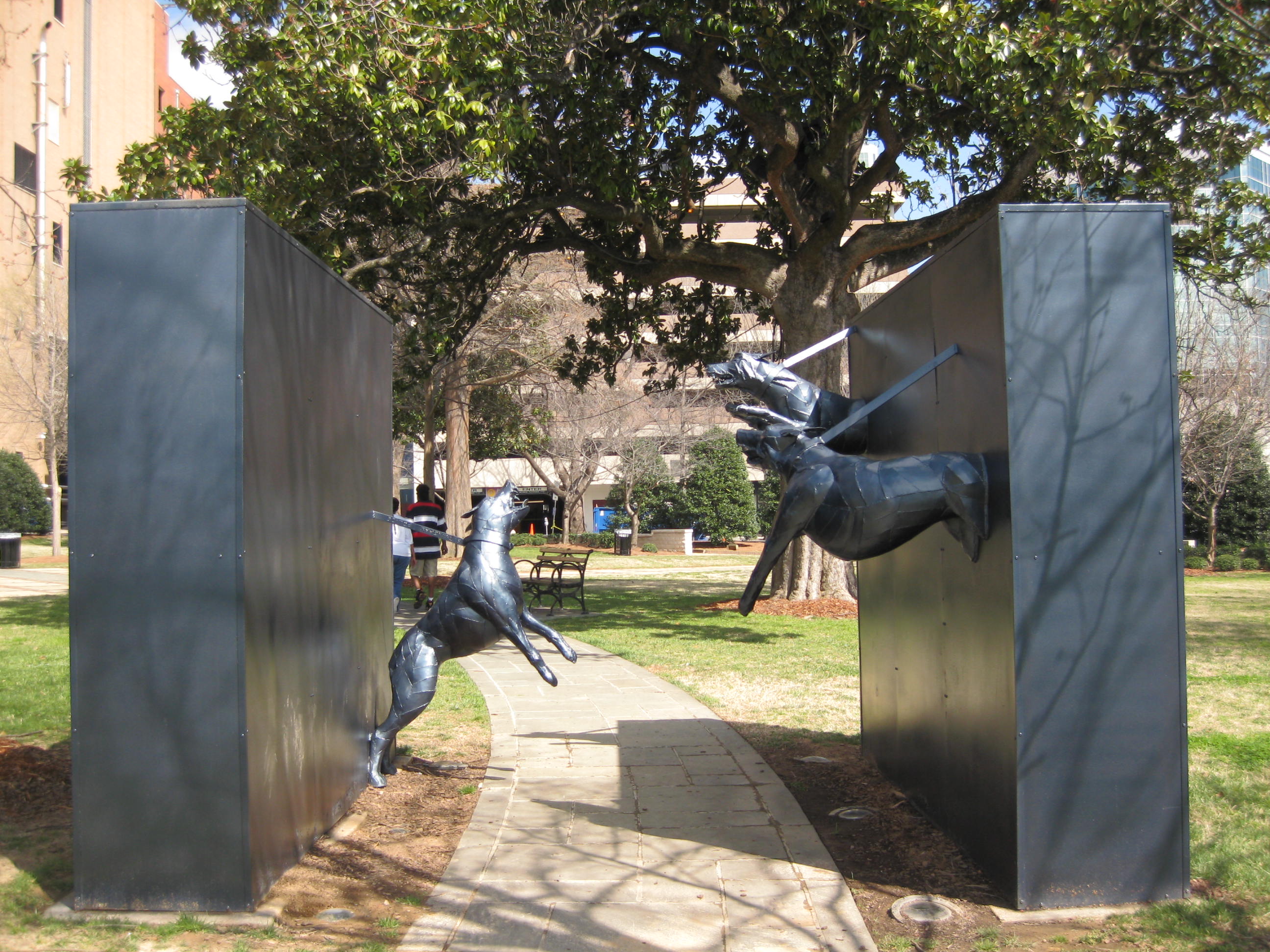

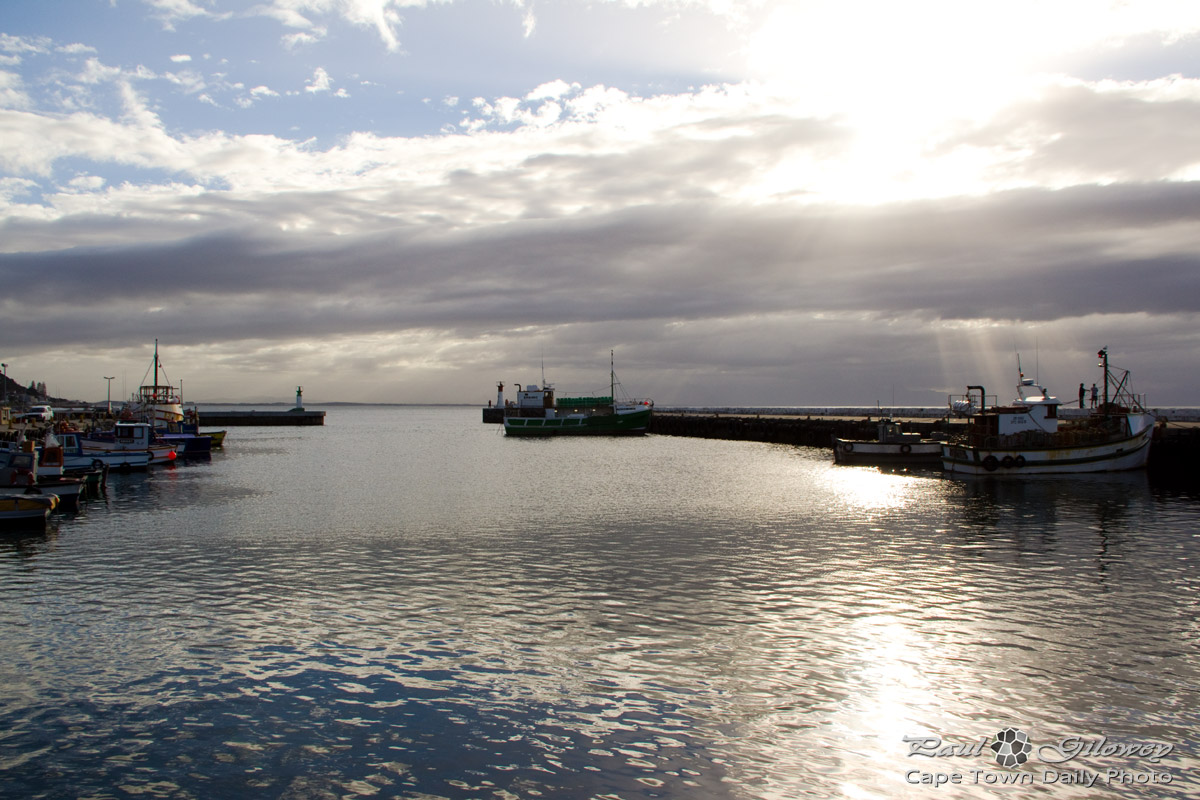



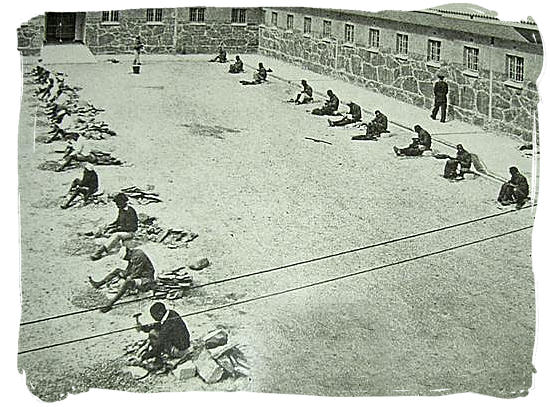

.jpg)




